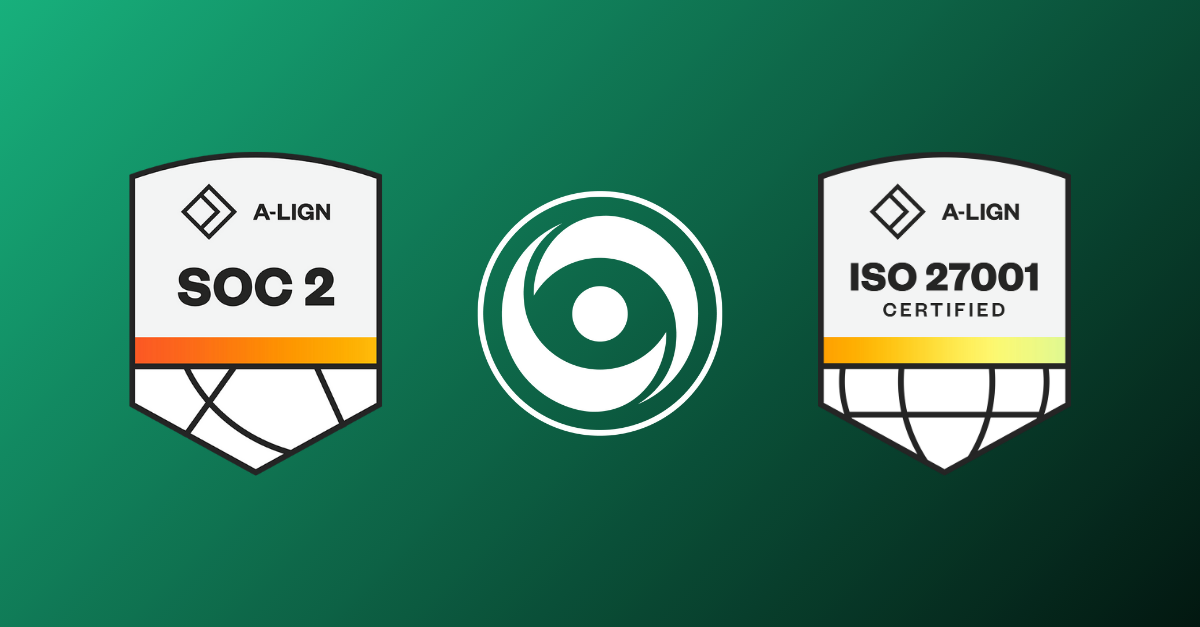Last week, SteelEye and GRSS looked at why surveillance programmes now need to meet a higher level of effectiveness - discussing the drivers that are increasing the pressure on firms when it comes to Market Abuse Regulation (MAR) compliance. The article concluded that the time is ripe for firms to upgrade their surveillance capabilities to enhance risk detection and mitigation.
To follow up, this blog discusses what effective surveillance looks like and how firms can better meet their MAR obligations. The solution, experts from SteelEye and GRSS believe, lies in taking a holistic approach to surveillance and combining technology with the right expertise.
Topics covered:
.png?width=200&name=Mark%20P%20(round).png)
Technology: Why a holistic approach is needed for effective surveillance
Author: Mark Pflitsch
Traditionally, trade and communications surveillance has been performed in separate silos, through different platforms. This is partly because different implementation deadlines of various regulations have prompted financial services firms to use different systems. It is also because bringing together unstructured data, like communications, and structured data, like trades, on a single platform is highly complex. However, trades don’t happen in isolation. They are underpinned by communications and trading decisions are based on market movements, industry news, and other important datasets. Effective surveillance requires a holistic approach so that firms can:
1. Enhance their risk detection:
Quick and efficient access to data is critical for identifying risks. Scattered data on the other hand impacts not only the ability to find the risks but also the time it takes to respond to them. To efficiently detect potential instances of market abuse, transaction details must be overlaid with associated communications and contextual data.

2. Speed up investigations:
When it comes to resolving problems and suspicions, scattered and unstructured data results in lengthy investigations, forcing compliance teams to sift through multiple disparate data systems to find the information they need. This is costly, time-intensive, and requires firms to sustain much larger teams. It also makes trade reconstructions increasingly difficult to carry out. Establishing context through a holistic approach is vital to speed up investigations and report instances of potential market abuse to the regulator in a timely manner.

3. Reduce false positives:
Without knowing the context of communications and other data, surveillance can trigger a significant number of false-positive results. This is because trade data or e-comms on its own is not always enough to determine whether market abuse has or has not taken place. Take for example a trader that has purchased a surprisingly large volume of a stock, after which the price jumps 30%. Looking at this alone, one might assume that the trader was privy to insider information. A percentage-based algorithm would likely send an alert on this basis. However, by considering a wider context, such as a basket of related stocks, news feeds, and broader indices, it is possible to ascertain whether the trade was unique or if, for example, the whole market moved as a result of a piece of economic data that was released.

To build out effective surveillance capabilities, firms need to think about how to bring together data such as order life-cycle events, communications, and market data on a single platform. However, it is worth noting that firms should view the development of a holistic programme as a journey instead of a set project. The data landscape will continue to change. Firms will adopt new trading strategies, new platforms, and communication channels will rise and fall in popularity.
Effective surveillance is deploying a solution that enables firms to holistically monitor the data they need today and ingest new data sources tomorrow.
 Expertise: Why effective surveillance requires the right knowledge
Expertise: Why effective surveillance requires the right knowledge
Author: Sarah Donnelly
It is important for regulated firms to understand and meet their surveillance requirements, and buying a surveillance system is a great start. However, the FCA has noted that some firms purchased a system just to placate the regulatory requirement – but this is not an effective surveillance strategy. The regulator wants to see that these systems are used effectively and properly. The FCA noted that the system needs to:
“Become an integral part of the overall compliance programme; and be tailored to suit the firm’s investment activity and strategy.”
The regulator expects firms to conduct and document a market abuse and financial crime risk assessment, in which the firm has identified, assessed, and documented its risks, and then designed and implemented appropriate policies and protocols to control them.
.webp?width=724&name=MAR%20-calculator-Effective-Surveillance-Meeting-your-MAR-obligations%20(1).webp)
To inform the decision around which system and type of surveillance is required firms need to look at their trading style and strategy.
This risk assessment should consider the firm's investment mandates, markets and instruments used, and any wider industry and regulatory developments. The firm's surveillance policy should then be clearly linked to this risk assessment.
Once a trading and/or e-comms surveillance system is installed a firm needs to tailor/calibrate it based on the risk assessment above, which will reduce false positives while still ensuring it captures the cases which legitimately require further investigation. Amongst the ways in which this can be achieved are the following:
-
In trading surveillance, calibrate the system to focus on the most likely areas of abuse, so for example in a quant fund, it is less likely that trades are driven by specific news, so insider trading is less likely, while spoofing may be more likely.
-
In e-comms surveillance, the library (or lexicon) of keywords must be kept under constant review and amended as necessary to ensure it remains relevant. Keyword searches are completely dependent upon the quality of this lexicon. The search phrases should also be tailored according to the type of activity.
-
The firm should revisit the filters used in this process on an ongoing basis to ensure that the criteria for identifying suspicious trades or communications remain relevant to its business as it develops and changes.
-
The firm should keep the output from the regulator's enforcement cases under review. The surveillance system (both trades and e-comms) should be adapted appropriately in light of any regulatory recommendations or examples of abusive behaviours that should be incorporated in the firm's monitoring.
-
It is also important to actually use the system in a timely manner, which means that infrequent access can also trigger concern by the regulator. Firms need to allocate resource (time) to this function.

The solution to effective surveillance lies in combining the right technology with the right expertise. Holistic capabilities are a crucial part of the puzzle as they provide firms with a comprehensive view of their trading activity and the communications, market movements, and global news that underpins it. This will enable firms to demonstrate that they have the right systems in place and that they can make meaningful use of those systems. Any technology needs to be incorporated into the overall compliance programme and used with suitable human expertise.

SteelEye provides a futureproofed and modern technology platform for effective market abuse surveillance.
In an environment of ever-increasing demands on compliance officers, where there may not be enough hours in the day to ensure effective compliance, SteelEye works closely with GRSS who can offer assistance in the following ways:
Contact GRSS if you would like to discuss any of this further


.png?width=200&name=Mark%20P%20(round).png)




.webp?width=724&name=MAR%20-calculator-Effective-Surveillance-Meeting-your-MAR-obligations%20(1).webp)








